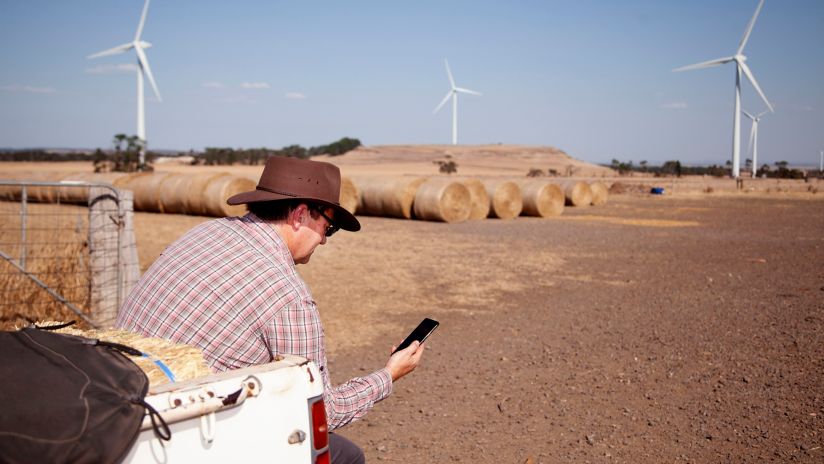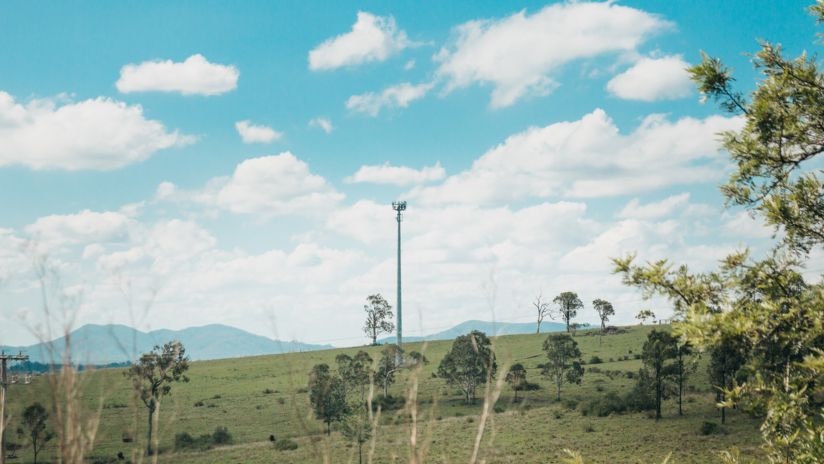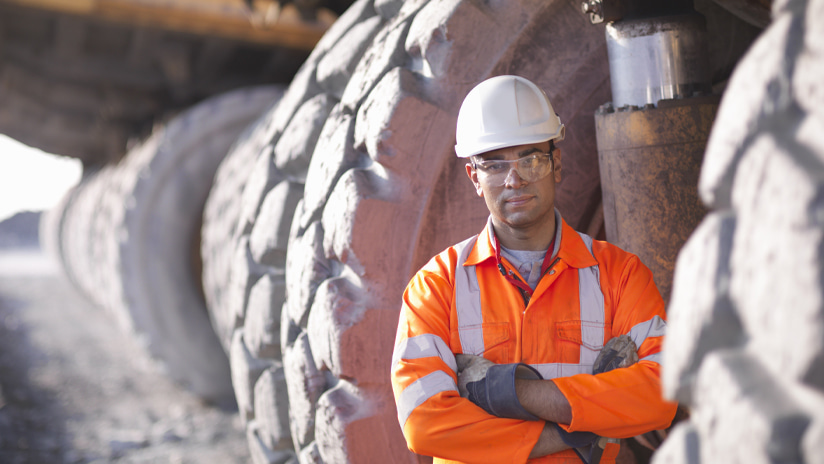How we're reducing our impact on climate change
We’re reducing our carbon emissions across our business and lifting the amount of renewable energy supplying the Australian grid.

Empowering sustainable change
The science is clear. Climate change driven by greenhouse gas emissions, is causing adverse impacts for our economy, our environment, our communities, and each of us.
Telstra has an important role to play. We are harnessing technology, digital and connectivity solutions to accelerate action on climate change and minimise our impact on the planet.
At Telstra, our climate goals are to:
- Reduce our absolute scope 1+2 emissions by 70% by 2030 (from an FY19 baseline)
- Reduce our absolute scope 3 emissions by 50% by 2030 (from an FY19 baseline)
- Enable renewable energy generation equivalent to 100% of our consumption by 2025
- Net-zero greenhouse gas (GHG) emissions by 2050.
We’re focusing on investing in renewable energy, improving energy efficiency and decommissioning our older and more energy intensive equipment.
Investing in renewable energy
It takes a lot of power to connect Australians to each other and to the world. As a result, Telstra is one of our nation’s largest consumers of energy.
Telstra is focused on decarbonising the grid through greater investment in renewable energy, thereby reducing reliance on non-renewable energy from fossil fuels. Our target is to enable renewable energy generation equivalent to 100 per cent of our consumption by 2025.
To date, we have supported investment in renewable energy projects which are worth more than $1.4 billion under long term Power Purchase Agreements. These commitments have enabled the construction of renewable energy projects across Queensland, Victoria and New South Wales.
But we’re not done yet. Our team continues to search for new renewable investments and explore opportunities to deploy modern energy storage technology.
The latest information can be found in our Sustainability Report, available on our reports page.
Improving the energy efficiency of our network
Much of Telstra’s emissions stem from electricity consumption by our network, data centres, offices, and other buildings around the country. This forms part of our scope 1 + 2 emissions.
We strive to reduce energy consumption across every aspect of our business through considered planning, equipment monitoring, and energy productivity optimisation.
Another energy reduction project centres around our big fleet of vehicles across the whole country. Over the past few years, we have been working on transitioning our operational fleet to hybrid models to reduce our fleet emissions.
We’ve also expanded our charging footprint, with Electric Vehicle (EV) chargers and EV pool cars now available at many of our head office locations.
The latest information can be found in our Sustainability Report, available on our reports page.
Decommissioning older equipment
As well as our increased our investment in energy reduction projects, we are actively rationalising and decommissioning our legacy network equipment.
As we replace old equipment with new, energy-efficient products we’re not only witnessing a reduction in direct energy consumption from the equipment, but we’re also seeing a reduction in heat load, which in turn lowers air conditioning needs and improves network reliability.
Telstra is committed to acting responsibly and being accountable so that we can contribute to a healthier planet for all Australians.
The latest information can be found in our Sustainability Report, available on our reports page.


